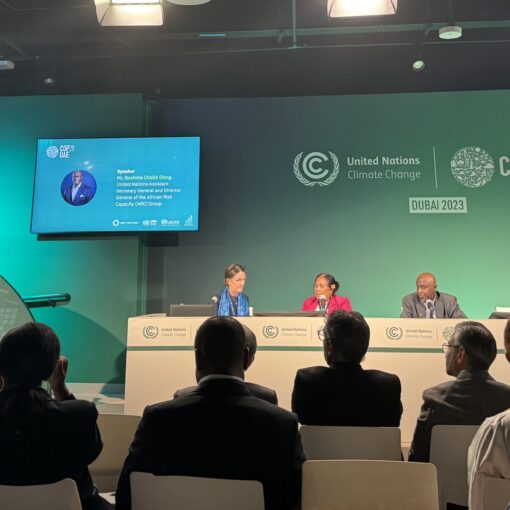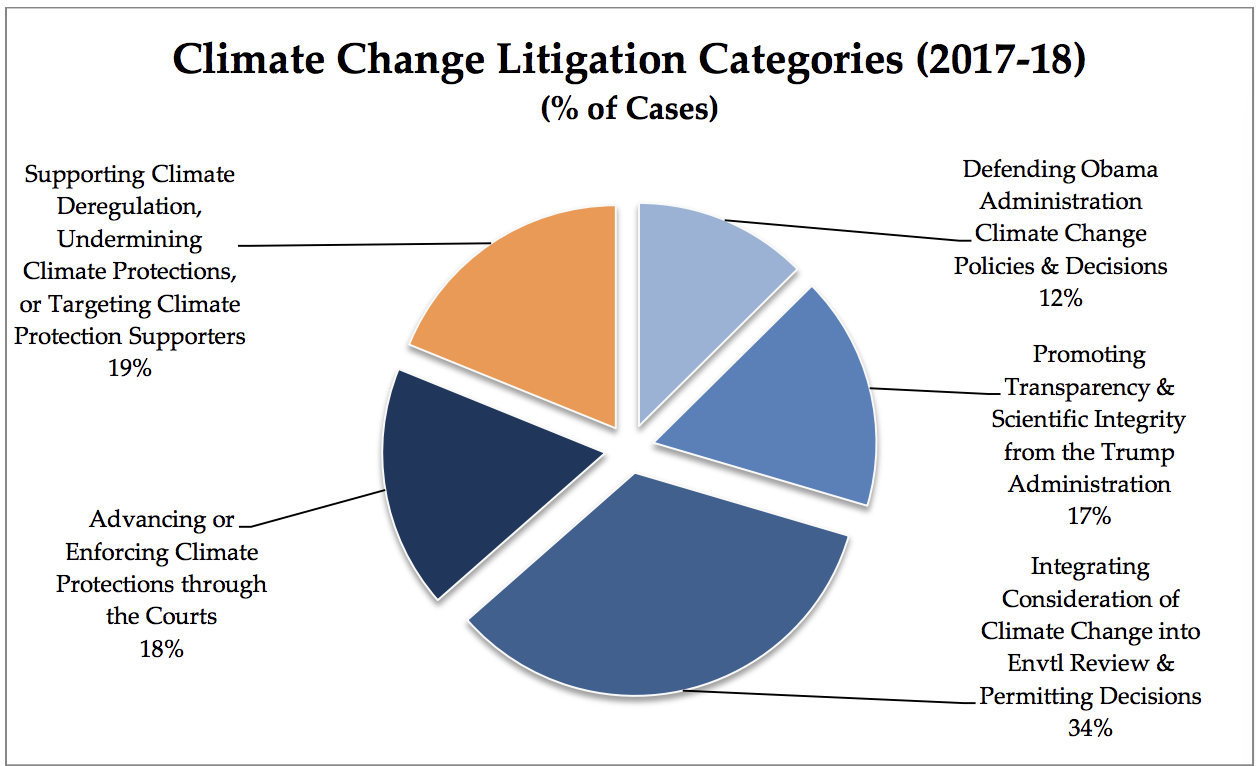
Adjudication typically looks backward: it runs after the facts. This is also true for human rights adjudication and the activity of the European Court of Human Rights (ECtHR). The ECtHR was built on the idea that individuals who suffered (past tense) or suffer (present tense) violations of the rights and freedoms guaranteed in the European Convention on Human Rights (Convention) and who have not had access to effective domestic remedies should be able to seek justice in Strasbourg. This description is accurate for much of the staggeringly vast influx of cases before the ECtHR, but it does not paint the complete picture. In fact, the ECtHR is often called upon to deal with future circumstances, which it does with varying degrees of success and coherence.
Pending climate change cases at the ECtHR, including Duarte Agostinho and Others v. Portugal and 32 Other States, Carême v. France, and KlimaSeniorinnen v Switzerland, bring the temporality of the Court’s work to the fore. Climate change, if very much already part of today’s reality, is also the archetypical harm-to-come and threatens both current and future generations in dramatically novel ways. In this blog, we look at how the Court considers claims focused on future circumstances, including the rights of present and future generations, and hypothesize on how these aspects could be analyzed by the ECtHR in pending climate cases.
Victim Status and Future Harm Under Article 34 of the Convention
While the ECtHR is used to deciding cases involving past harm and loss, in the new climate cases, it is confronted with applicants claiming a violation of Convention rights that will materialize in the future. Admittedly, the ECtHR has already recognized the existence of a state’s positive obligation to protect against and prevent the immediate risk of foreseeable future environmental harm (see Oneryildiz v. turkey). But the climate cases are different. The harm complained about has a systemic dimension. The problem is not so much that of risk within a definite geographic area due to the established effects of a given steel plant (see Cordella and others v. Italy) or a thermal power station (see Jugheli and Others v. Georgia) but of the widespread effects of climate change on the life and health of the applicants as well as virtually all other members of the population, including future generations.
To be granted standing, the applicants need yet to fall under Article 34 of the Convention, which provides that the ECtHR may receive applications from individuals “claiming to be the victim of a violation” of one of the rights set forth in the Convention. In the situation where future harm is concerned, the applicants’ only realistic option is then to qualify as “potential victims” under that Article 34. This provisions indeed provides that This requires a demonstration that they face a “real and immediate risk” of being harmed by a violation of a Convention right. “Immediacy” is a particularly ambiguous notion. Does it imply that the harm must be “imminent” and thus materialize in the (very) near future? This is arguably too restrictive; in climate cases, the harms alleged may only occur ten, twenty, or many more years later. A risk that directly threatens a person with a high level of probability, the existence of which is supported by overwhelming scientific evidence, could qualify as “immediate” despite not materializing within a short period. Still, a distinction ought to be drawn between existing harms that will increase in the future and harms that have not yet materialized at all (see Klimaseniorinnen v. Switzerland, where the applicants, elderly women, claim to be put at risk of health issues due to future heat waves caused by climate change). Where the harms have not yet materialized, it will be more difficult to build an individualized claim—at least, a bit more imagination is needed.
Ultimately, the outcome of the pending climate cases depends on how one conceptualizes the notion of immediacy. One may hope the ECtHR will proceed in light of the extensive and compelling scientific evidence documenting the climate emergency. Should the risk of future climate harms be deemed insufficiently clear or immediate for the Convention’s protection to kick in, climate activists may face a Cornelian dilemma: today’s claims would be premature, while tomorrow’s would be ineffective in the face of grave irreversible harm.
Intergenerational Justice and Discrimination Under Article 14 of the Convention
Talk of “intergenerational justice” is essential to the climate justice movement. As the most dramatic effects of climate change will be felt in a few decades, young people and those not yet born will disproportionately suffer from the consequences of the climate-change-inducing practices of today (and yesterday). In other words, those who have made little or no contribution to climate change are at greatest risk from it. In an attempt to resolve this apparent injustice, proponents of intergenerational justice aim to articulate the duties current generations owe to future ones. More specifically, within the context of the ECtHR, it may be helpful to distinguish between two forms of intergenerational justice: (i) the relationship between current generations and generations yet to be born and (ii) the relationship between (today’s) older and younger generations.
It is doubtful that the rights and freedoms of future generations could be protected through climate litigation in Strasbourg. At any rate, this would require extending the notion of “victimhood” under Article 34 of the Convention to include the potential victimization of people not yet born and, thus, unidentifiable. It which would amount to a complete overhaul of the interpretation given to this provision by the ECtHR to date. Today’s youth may fare better. Youth plaintiffs in the pending case Greenpeace Nordic and Others v. Norway, have pointed to the fact that they are not able to participate in political decision-making—understood as being primarily channeled through voting rights—and, yet, must shoulder a heavier burden than older generations who are in a position to participate in decision-making. Thus, it is argued that the youth are discriminated against with regard to their right to life and to respect for private and family life pursuant to Article 14 read in conjunction with Article 2 and Article 8 of the Convention.
It is worth noting that the ECtHR is not wholly indifferent to the idea of an intergenerational contract. In its Communication to the parties in the above-mentioned case KlimaSeniorinnen, the ECtHR did raise the question of whether the respondent state had fulfilled its Convention obligations in light of the principle of intergenerational equity. While it remains unclear how the ECtHR will integrate the principle of intergenerational equity in its ultimate reasoning, this phrasing indicates, as Corina Heri pointed out, that the ECtHR sees the principle as relevant to the resolution of the dispute.
Remedies and Future Behavior Under Articles 41 and 46 of the Convention
Pursuant to Article 41 of the Convention, the ECtHR “shall, if necessary, afford just satisfaction to the injured party.” Yet the ECtHR is hardly known for its remedies practice; this provision is often overlooked in studies about the Convention and left to the sole attention of practitioners. This is in no small part owed to the fact that the Court’s application of Article 41 is famously incoherent and unpersuasive. As pointed out by Veronika Fikfak and others, damages awarded in Strasbourg seem to be unfit for both their explicit goal to repair the harms caused by Convention violations and their somewhat unspoken goal to prevent future violations. This latter preventative goal gained momentum with the introduction of the pilot judgment procedure, which is meant to address structural deficiencies and avert future threats (see Varga and Others v. Hungary, para. 111).
In light of this long-standing ambivalence, one may wonder what kinds of remedies the Court can or should provide in climate cases of the type described above. Repairing serious and systemic harm that is extremely likely—but only likely—to materialize in the future is hardly straightforward, notwithstanding the fact that climate change incurs the joint responsibility of multiple states. This is not simply a question of quantification or “judicial logistics,” as it were: it touches on the core of the ECtHR’s role in the system of European human rights protection. In this context, the ECtHR walks a very fine line between its capacity to operate as a powerful supranational, nearly constitutional actor and its desire to safeguard its already fragile legitimacy.
Concluding remarks
It remains to be seen whether the ECtHR will succeed in navigating future-based claims in the pending climate cases. Perhaps ironically, the ECtHR may be deciding over its own future in the process. After all, it seems plausible that a regional system of human rights protection would feature among the first niceties of the present time to be discarded should we reach the sort of dystopic future scientists have been warning us about for too many years. To make things more complicated, it is anything but paranoid to worry about the systemic implications for the system of the Convention that would flow from an overly inclusive re-reading of Article 34 in favor of much lower standing requirements, especially in light of the ECtHR’s already mindbogglingly heavy workload. As with all things scholars speculate about, we may simply have to wait and see how the future turns out. Let us hope the ECtHR will live up to the challenges brought before it and successfully turn its gaze forward, for our sake and its own






